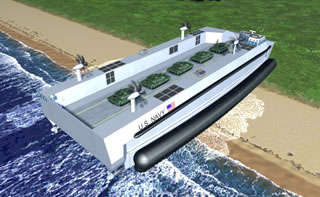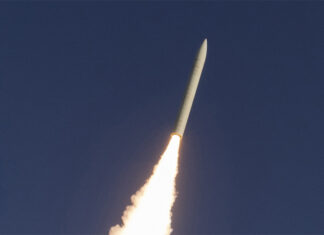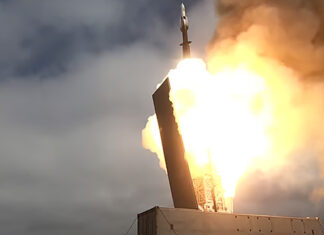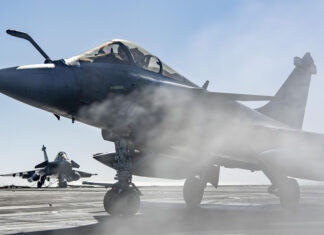
Textron Marine & Land Systems has teamed with L-3 Communications to pursue the U.S. Navy’s future $4 billion Ship-to-Shore Connector (SSC) program. The Navy is planning to field the 73 ton Air Cushion Vehicle (ACV), starting in the year 2019, gradually replacing the Landing Craft Air Cushion (LCAC) hovercraft landing-craft currently in service.
Textron Marine has constructed 80 in the 1980-1990s. Under the planned SSC program the Navy hopes to buy 80 hovercrafts to replace its current (LCAC) fleet.

These craft provide the primary over-the-horizon, ship-to-objective amphibious lift capability, as well as the capability to move across the beach carrying heavy payloads for military and humanitarian operations. The Navy’s SSC Specification Development is scheduled to continue for another year, with an anticipated release of a request for proposal of the Detailed Design and Construction of the lead craft in late 2010.
The team will include Textron as the prime contractor. “Our team will be focused on taking the Navy design and ensuring a low risk transition to production,” said Textron Marine & Land Systems Senior Vice President and General Manager Tom Walmsley. “No one has the proven knowledge and expertise that our two companies possess on such a unique platform.” He added.
T-Craft to Deliver Units from Sea Bases to the Shore
T-Craft is one of several innovative naval prototypes being developed by ONR to support the broad objectives of the U.S. Navy’s Sea Base program. Its mission is to self-deploy from an intermediate support base to a sea base area of operations. Once on site, the T-Craft will take cargo, consisting primarily of wheeled and tracked vehicles, from the sea base to the shore line without the use of port facilities. The transit will be made at high speed, and will end with the delivery of cargo “feet dry” on the beach in a wide range of sea conditions and terrain. Photo: Textron Defense.
In February 2008 Textron Marine & Land Systems has been selected for a Phase II contract by the Office of Naval Research (ONR) to continue development of the Sea Base Connector, Transformable Craft (T-Craft). During a Phase I study, the team developed a preliminary design of a craft that can operate as a catamaran at low speed, a surface effect ship at high speed, and as a fully amphibious air cushion vehicle for cargo discharge. In addition, the air cushion is used to provide a powerful motion control system to stabilize the T-Craft during cargo transfer operations at the sea base.



















